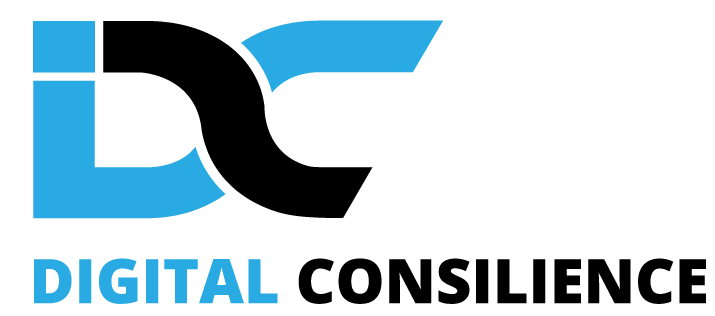In this article, we explore how high-quality images can improve user experience, search engine rankings, branding, and social media engagement.
In today’s digital age, the importance of having good images on your website cannot be overstated. Not only do high-quality images enhance the user experience and make your website more visually appealing and engaging, they can also play a role in your website’s search engine rankings and contribute to your brand’s image.
Why You Need Good Images
User Experience
One of the main benefits of having good images on your website is improved user experience. When visitors land on your site, they are immediately drawn to images, which can help to keep them there for longer and increase the chances of them taking a desired action, such as making a purchase or filling out a form. High-quality images also make your website more visually appealing and create a more professional, trustworthy image for your brand.
Search Engine Rankings
In addition to improving the user experience, optimizing images for your website can also help with search engine rankings. Search engines use algorithms to rank websites, and one factor they consider is the quality and relevance of images on a site. By reducing the file size of images and using relevant file names and alt text, you can improve your website’s ranking in search results.
Branding
Another benefit of having good images on your website is the impact they can have on branding. A strong, consistent visual identity is an important part of building a successful brand, and images can play a significant role in this. By using professional, high-quality images, you can help to create a cohesive, professional image for your brand.
Social Media
Finally, good images can also be an effective way to increase social media engagement. Images are often more attention-grabbing on social media platforms than text alone, and by using strong images on your website, you increase the chances of your content being shared on social media.
Different Types of Imagery to Foster Reader Engagement
- Attractive, high-quality photographs: High-quality photographs that are visually appealing and relevant to the content of your website can be effective at generating reader interest. These types of images can help to convey the message of your website and capture the attention of readers.
- Unique or unusual images: Images that are unique or unusual can capture the attention of readers and make them more interested in your website. These types of images can be particularly effective at standing out in a crowded online environment and drawing the attention of readers.
- Infographic images: Infographic images that present complex information in a visual and easy-to-understand format can be effective at generating reader interest. These types of images can help to break down complex concepts and ideas in a way that is easy for readers to understand, making them more likely to engage with your content.
- Memes and GIFs: Memes and GIFs can be effective at generating reader interest because they are often humorous and shareable. These types of images can be particularly effective at engaging younger audiences and can help to create a more lighthearted and approachable tone for your website.
- Personalized or custom images: Personalized or custom images that are specifically tailored to your website or brand can be effective at generating reader interest because they are unique and relevant to your audience. These types of images can help to create a strong visual identity for your website and can make it more memorable to readers.
Overall, the best types of images for generating reader interest online are those that are visually appealing, unique, informative, or relevant to your audience. By using a variety of different types of images, you can effectively engage and interest your readers.
Lance Harrell – Owner/SEO Specialist
